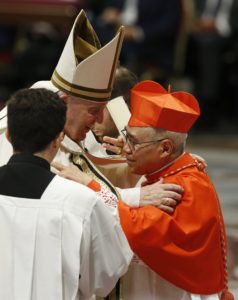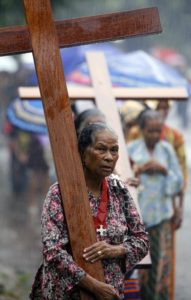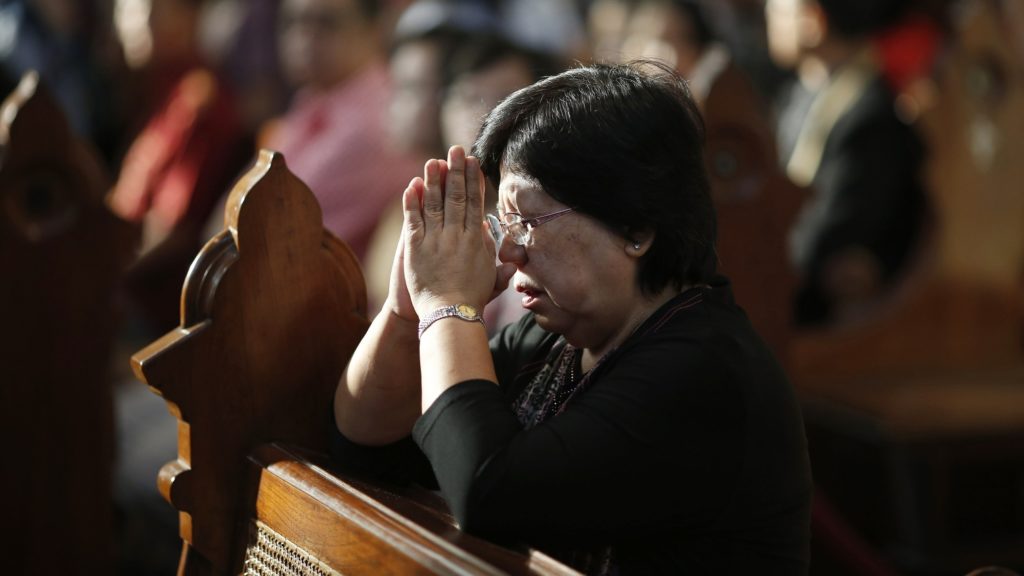ROME – Just over a month ago, 81-year-old President Joe Biden made the obviously reluctant choice to withdraw from the 2024 race over widely held perceptions, even among Americans who admire Biden and who supported him in 2020, that he no longer possesses the physical and even mental capacity to lead.
In other words, Biden’s main political problem heading into 2024 wasn’t exactly anything he had done, but rather alarm over what he could no longer do.
In a highly roundabout and indirect fashion, the Biden example may help answer an obvious question about the 87-year-old Pope Francis today as well.
To wit: Why in the world is this octogenarian pope, by now facing multiple health challenges, heading off Sept. 2-13 for the longest and most arduous journey of his entire papacy, taking him at one point almost 9,000 miles away from Rome? Why put himself through the ringer like this, especially since a Synod of Bishops that’s supposed to be the capstone of his legacy opens just a couple weeks later?
Granted, there’s logic for each stop along the way of this Asian and Oceanic odyssey, which includes the world’s largest Muslim nation in Indonesia, in percentage terms one of the most Catholic states on earth in East Timor, a classically peripheral missionary venue in Papua New Guinea, and one of the world’s financial powerhouses in Singapore.

Yet those draws would have applied at any stage of the Francis papacy. The added factor right now is that the trip also affords the pontiff a chance to show that rumors of his demise have been greatly exaggerated, and that, despite his increasing physical limits, he remains very much alert, engaged, and on the job.
Of course, a pope doesn’t have to stand for reelection, and, unlike American presidents, the usual understanding is that he’s elected for life, the resignation of Benedict XVI notwithstanding. Nonetheless, popes do still have to lead, and it’s always destabilizing for a papacy when the popular belief is that someone else — or, more often, a shadowy cabal of someone elses — is actually running the show in the name of an ailing and withdrawn figurehead.
On this outing, Francis will have the chance to make it clear to the world, including members of his own flock, that at least for right now, nobody’s pulling his strings.
Beyond that obvious motive, there are exigencies both political and pastoral behind this 45th foreign trip of Francis’ papacy, which will take him, respectively, to the 62nd, 63rd, 64th, and 65th nations he will have visited in office.
The political agenda of the trip is bookended at the beginning and the end, with Indonesia and Singapore, which give Francis the opportunity to polish relations with the Islamic world and with Asia, including Singapore’s most important regional ally and trading partner in China.
From the beginning, the overarching geostrategic aim of the Francis papacy has been to shift the Vatican’s historical identity as a Western institution and the chaplain of NATO to a more globalist and nonaligned position. Two-thirds of the 1.3 billion Catholics in the world today live outside the confines of Western culture, a share that will be three-quarters by mid-century.

As part of this effort, Francis has pursued an aggressive program of outreach to Islam, knowing that at 1.9 billion global followers it’s inevitably a major driver of contemporary history. Yet to date that campaign has focused largely on Islam in the Middle East and the Persian Gulf, while the reality is that only about one-quarter of the Muslims in the world are Arabs and the majority are found in settings such as Asia and Africa.
In Indonesia, Francis will have the chance to road test his brand of globalist Vatican diplomacy and statesmanship in a Muslim country which, on principle, should prove a good market for it, given the national commitment to religious tolerance expressed in Sukarno’s famous ideology of Pancasila.
Singapore, meanwhile, is the classic illustration that big things come in small packages. It features the second-highest GDP in the world per capita, trailing only Luxembourg, and its economy is consistently ranked as among the most open, least corrupt, and most business-friendly on the planet.
Increasingly, Singapore’s long-term economic strategy is premised on ever-closer ties with China, symbolized by the 2021 Regional Comprehensive Economic Partnership, which Singapore was the first nation to ratify. When Francis meets Singapore’s leadership, he’ll also be opening another backchannel avenue of communication with China, at a time when relations between Rome and Beijing appear to be lumbering toward the Vatican’s long-sought goal of normalization.
Pastoral imperatives, meanwhile, loom largest in the middle portion of the trip, which will take Francis to East Timor and Papua New Guinea.
Officially speaking, a whopping 97% of East Timor’s small population of 1.34 million is Catholic, and Francis faces the challenge of reassuring them that his campaign to make nice with their former masters in Jakarta won’t come at their expense.
He’ll also confront the unfinished business of the sexual abuse crisis, especially regarding Bishop Carlos Ximenes Belo, the Nobel Prize winner who’s still a national hero for helping to lead the country’s independence, but who was also sanctioned by the Vatican in 2020 over allegations of abusing minor boys in the 1980s. It remains unclear if a canonical investigation of Belo is still underway, and whether further penalties envisioned by the Church’s new anti-abuse norms might be imposed.
In the eyes of critics, such a lack of clarity stands at odds with the pope’s repeated pledges of transparency.
The stop in Papua New Guinea offers the pope a chance to rekindle his dreams as a young Jesuit of serving as a missionary himself, and to give a shot in the arm to Catholic missionary efforts in far-flung locales all over the world. It also affords him a platform to deepen his ongoing reflections on the checkered history of relations between Christian evangelism and Western colonialism, a past he has been laboring to overcome.
Only time will tell, of course, to what extent Francis succeeds in rising to the challenges such a grueling trip presents. The mere fact he’s taking a shot, however, would seem to suggest that the “Biden moment” of this papacy, the time when it becomes inescapably clear the leader simply can’t go on, isn’t quite upon us yet.

